On October 18, 2019, NASA held an AMA (Ask Me Anything) on Reddit. Scientists from the space agency answered questions about Van Allen Probes, two robotic spacecraft that were used to study the Van Allen radiation belts that surround planet Earth.
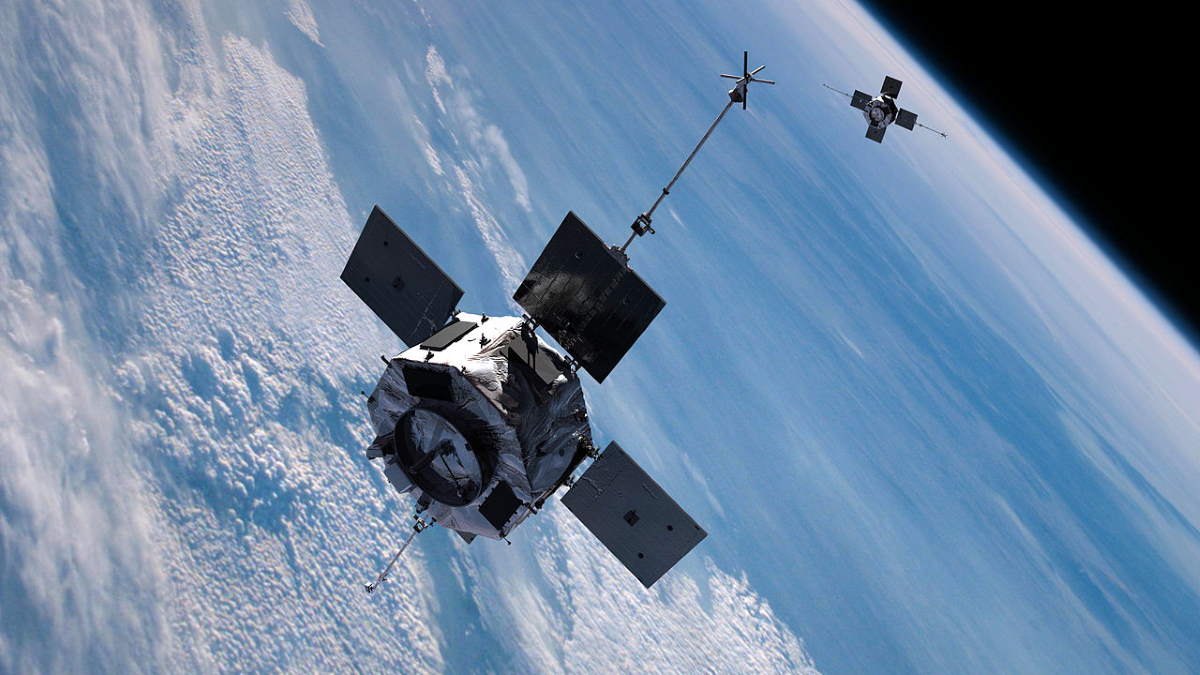

On October 18, 2019, NASA held an AMA (Ask Me Anything) on Reddit. Scientists from the space agency answered questions about Van Allen Probes, two robotic spacecraft that were used to study the Van Allen radiation belts that surround planet Earth.
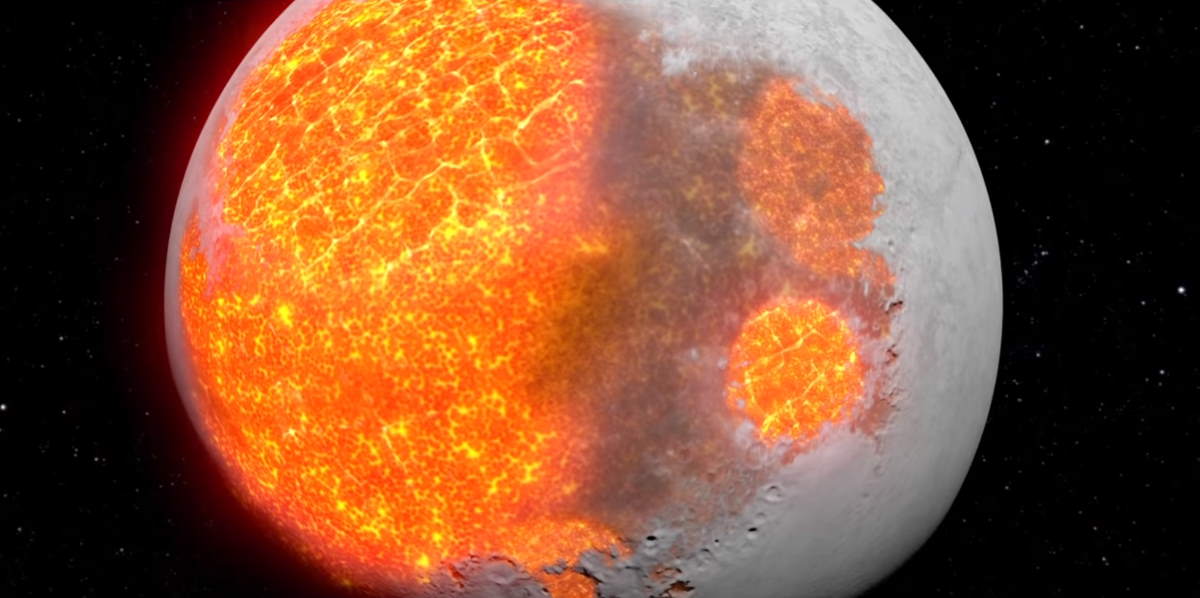
Today, on average, the Moon is 384,400 km (238,000 miles) away from the Earth. But that was not always the case. Our satellite was much closer in the past. Now, Dr. James O’Donoghue (@physicsJ on Twitter) created the animation below showing the ancient distances and apparent size of the Moon.
The animation also includes the current distance and apparent size of the moon in the Earth’s sky.
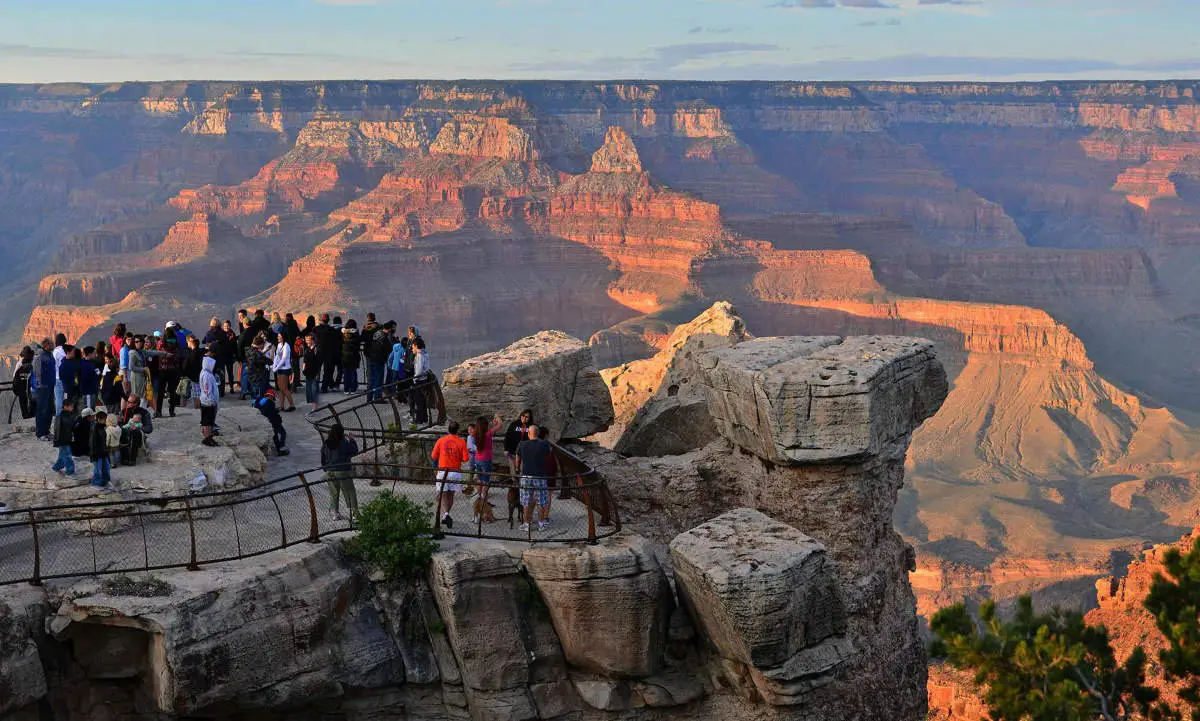
When you think of the Grand Canyon or the Great Smoky Mountains, beautiful scenery immediately comes to mind. You might begin to imagine the incredible views, towering cliffs, lush landscapes, and color schemes that far exceed anything you’ve ever seen in a painting.
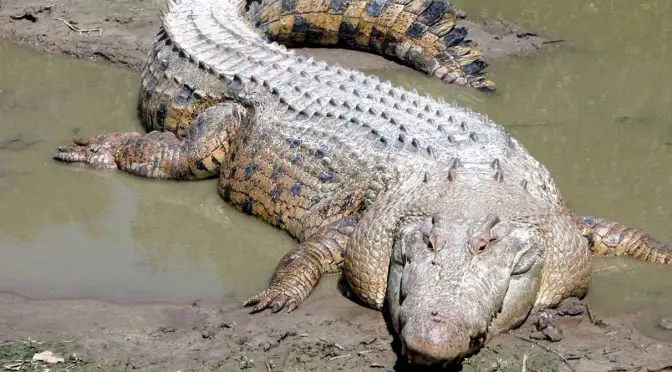
What does the term crocodylian bring to mind? A big reptile with a chomping jaw? But exactly which environmental factors created today’s large crocodiles?
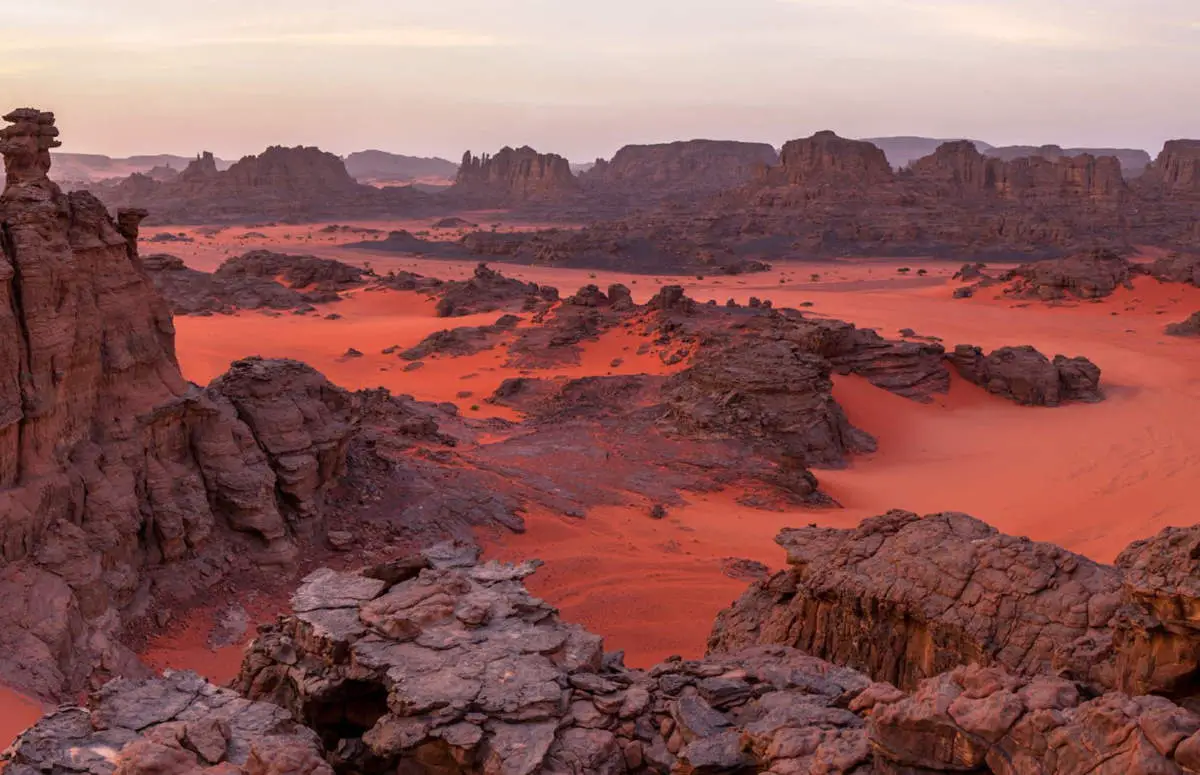
Algeria’s Tadrart Rouge is probably the closest place you can find on Earth that kinda looks like Mars.
Meaning “Red Tadrart”, Tadrart Rouge is a mountain range in southeastern Algeria, part of the Algerian Desert. The area is roughly 15-30 kilometers (9.3-18.6 miles) large and 150 kilometers (93 miles) long.
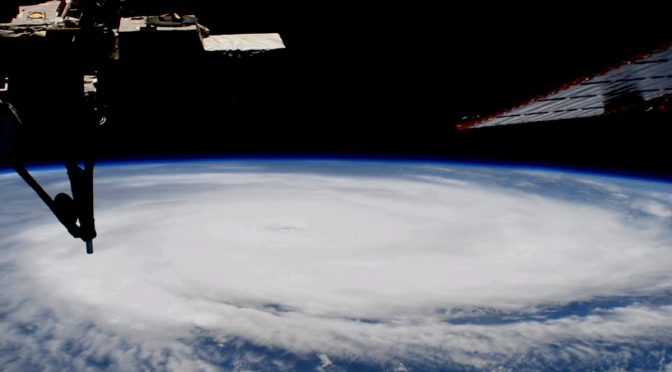
Hurricanes are very powerful tropical storms (also known as tropical cyclones). When a tropical storm’s maximum sustained winds reach 74 mph (119 km/h), it is called a hurricane.
Hurricane is actually the name of a tropical cyclone that occurs in the Atlantic Ocean and the northeastern Pacific Ocean. In the northwestern Pacific Ocean; in the south Pacific or the Indian Ocean, for example, hurricanes are usually known as typhoons.
Hurricanes are classified by their sustained wind speed. The Saffir-Simpson hurricane wind scale (SSHWS) is a 1 to 5 rating based on a hurricane’s sustained wind speed. This scale estimates potential property damage.
Hurricanes reaching Category 3 and higher are considered major hurricanes because of their potential for significant loss of life and damage. Category 1 and 2 storms are still dangerous, however, and require preventative measures.
Here are 20 amazing hurricane facts.
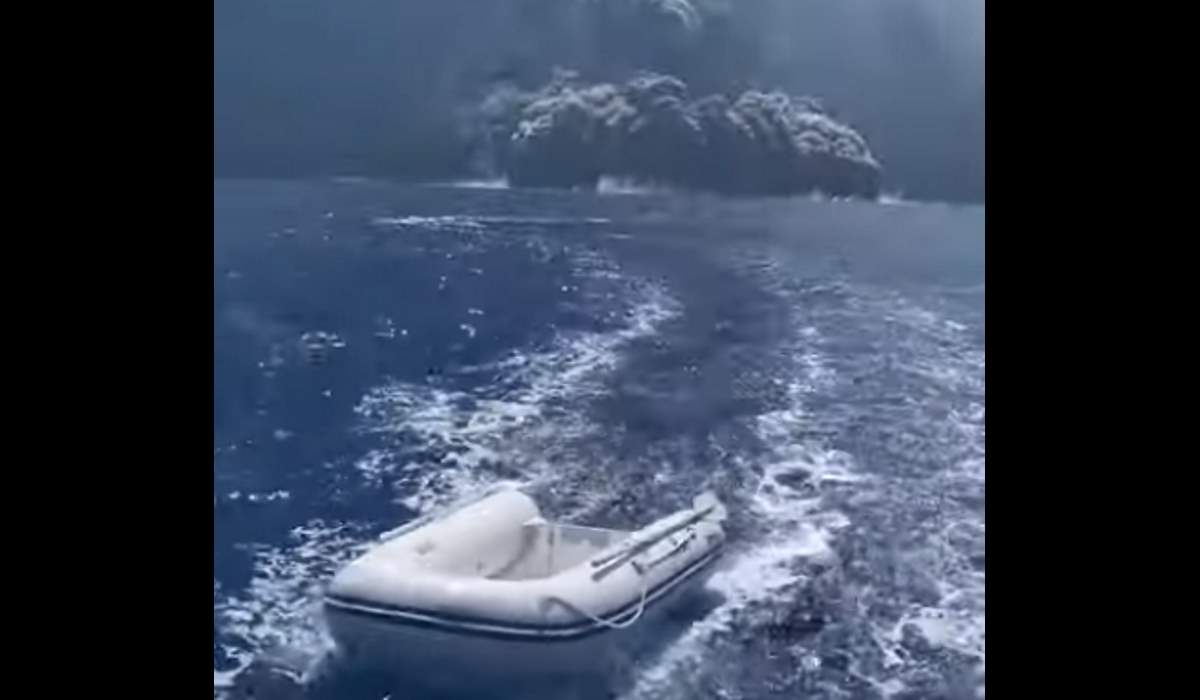
On August 28, Stromboli volcano in Italy woke up a second time this summer. Tourists decided to ride a boat near the erupting volcano – but the journey turned out to be “fun”: they had to escape from the wave of pyroclastic flow. The eruption did not lead to casualties and destruction, but the tourists got really scared.
In fact, it was a really dangerous act. The pyroclastic flow is what makes composite volcanoes like Stromboli so deadly.
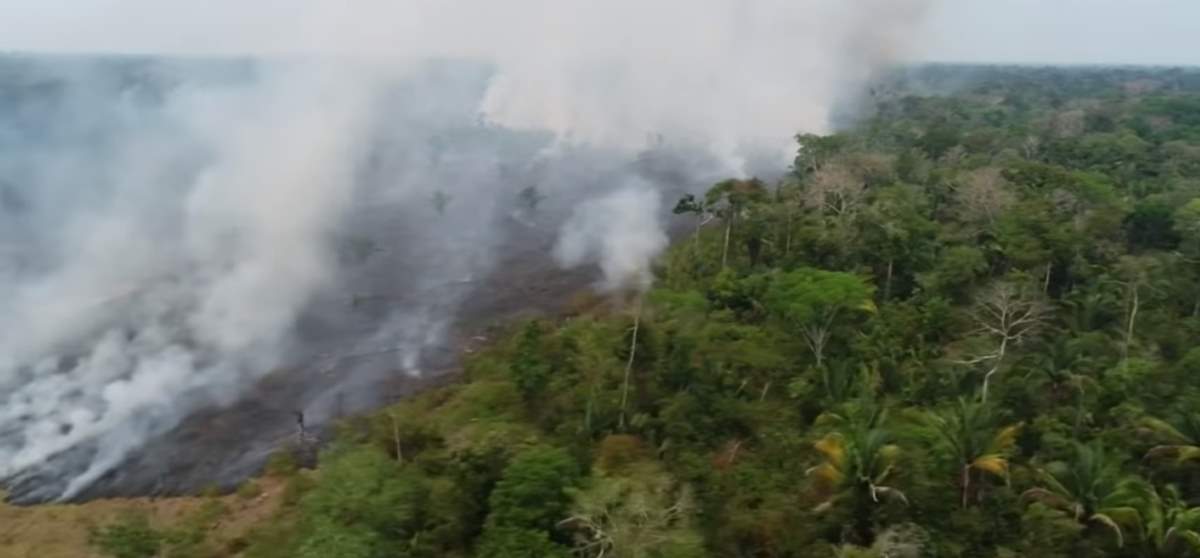
There are big wildfires in the Amazon, the world’s largest tropical rainforest. Rainforests are the oldest living ecosystems and without a shadow of a doubt, the most vital habitats on Earth (the Amazon rainforest has been in existence for at least 55 million years). The Amazon represents over half of the planet’s remaining rainforests, and comprises the largest and most biodiverse tract of tropical rainforest in the world, with an estimated 390 billion individual trees divided into 16,000 species.
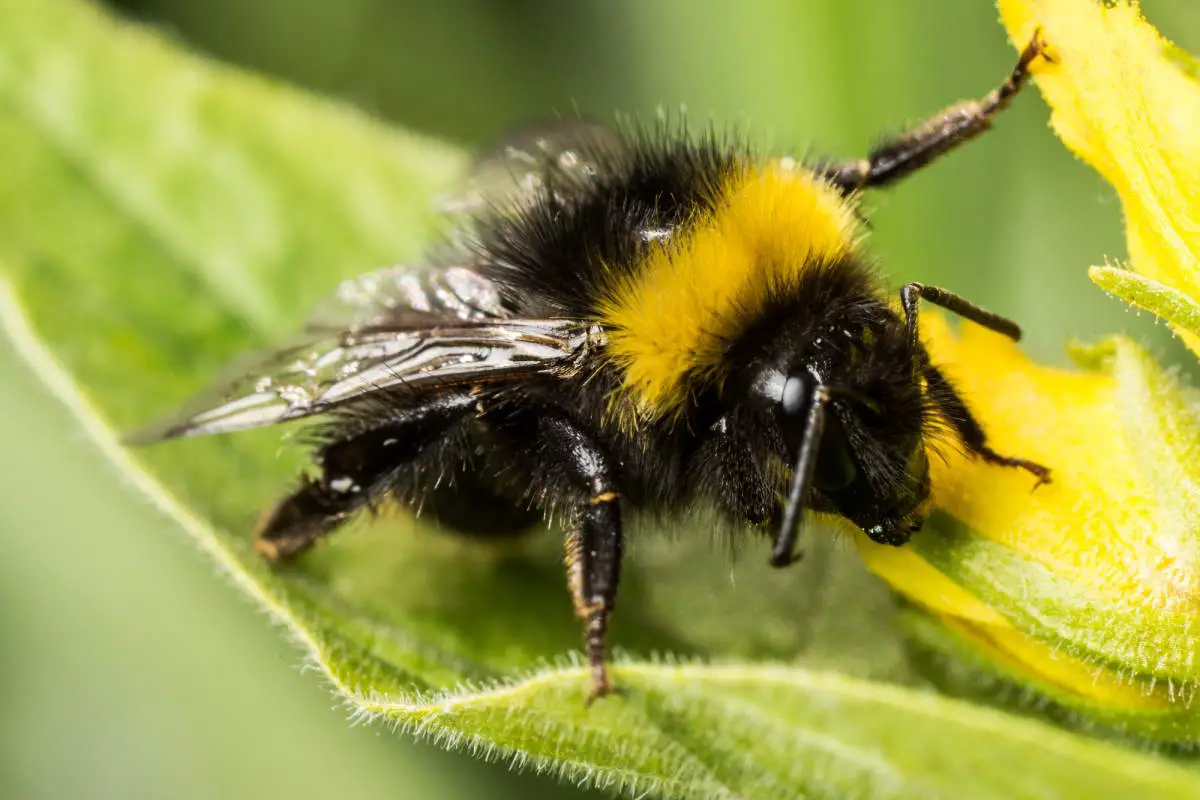
Bees – including honey bees, bumblebees, and solitary bees – are very important because they pollinate food crops. Pollination is where insects move pollen from one plant to another, fertilizing the plants so that they can produce fruit, vegetables, seeds, and so on. If all the bees went extinct, it would destroy the delicate balance of the Earth’s ecosystem and affect global food supplies.
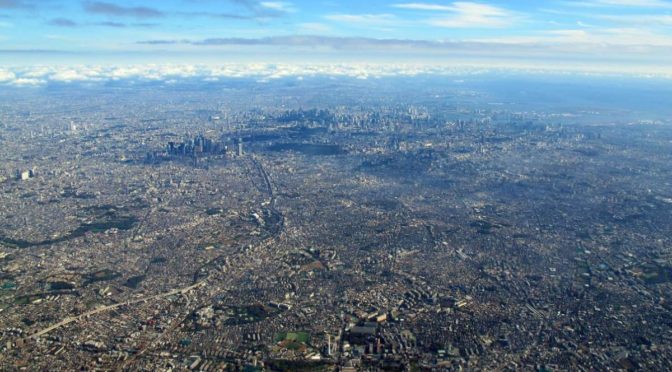
According to some scientists, the world entered a completely new geological era called “Anthropocene“. And the reason is humans because we changed the world so much.
Now, a very good and detailed article written by the American science writer Peter Brannen and published on The Atlantic argues that the so-called Anthropocene is not a new era, it’s just an “event” in the Earth’s history. It’s a long but good read.